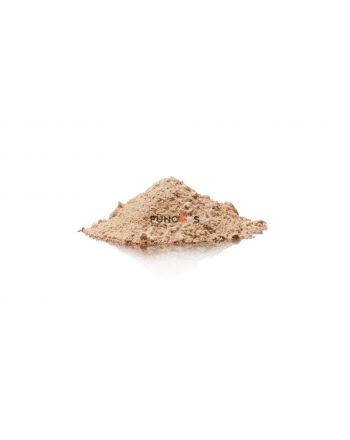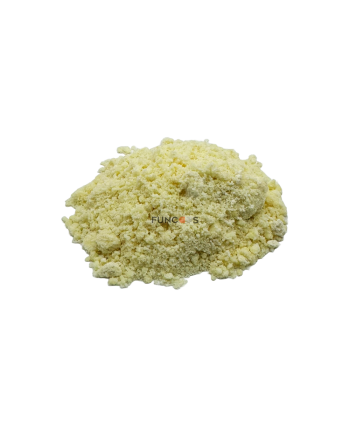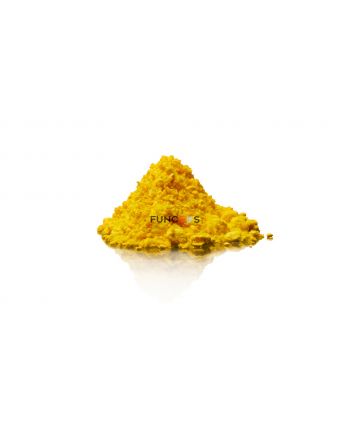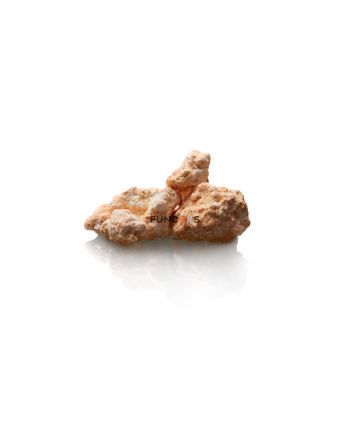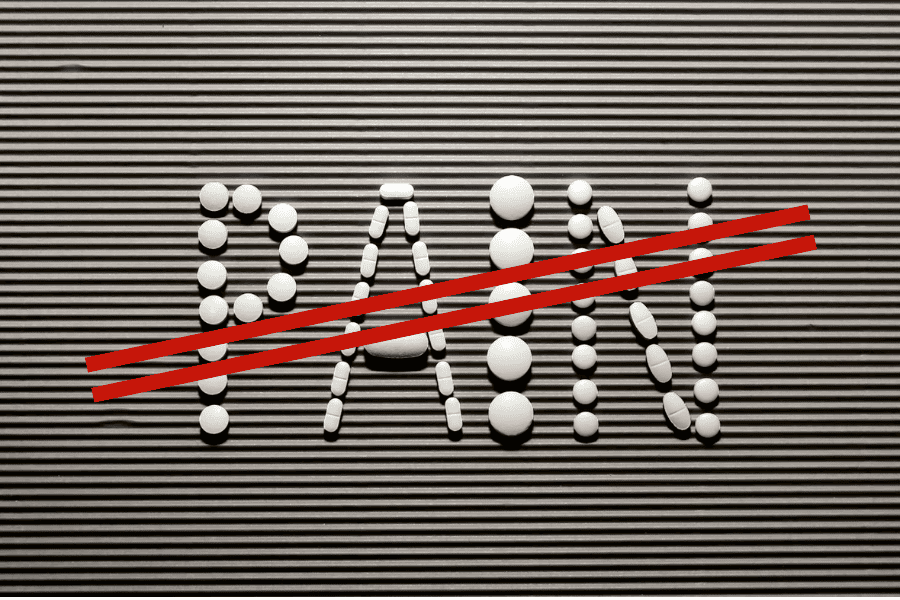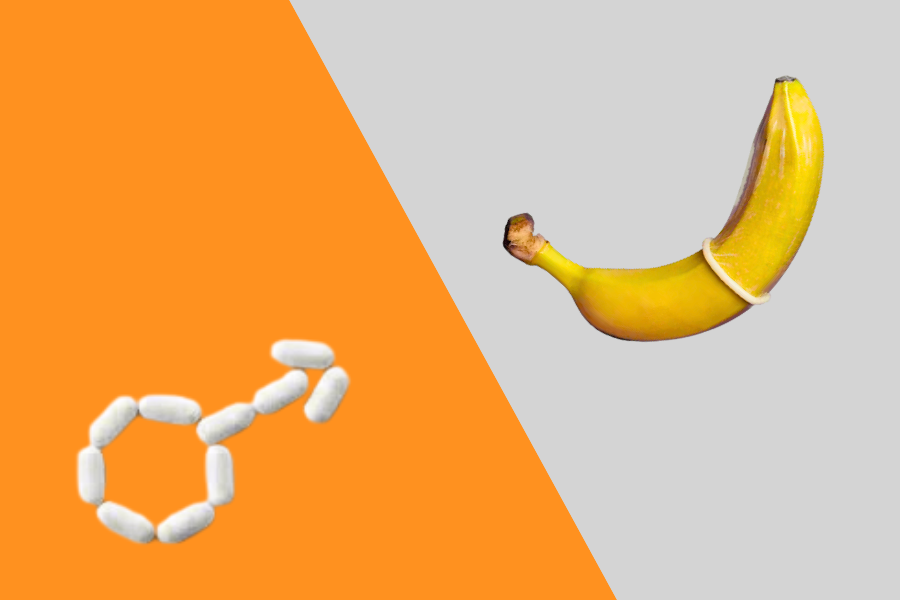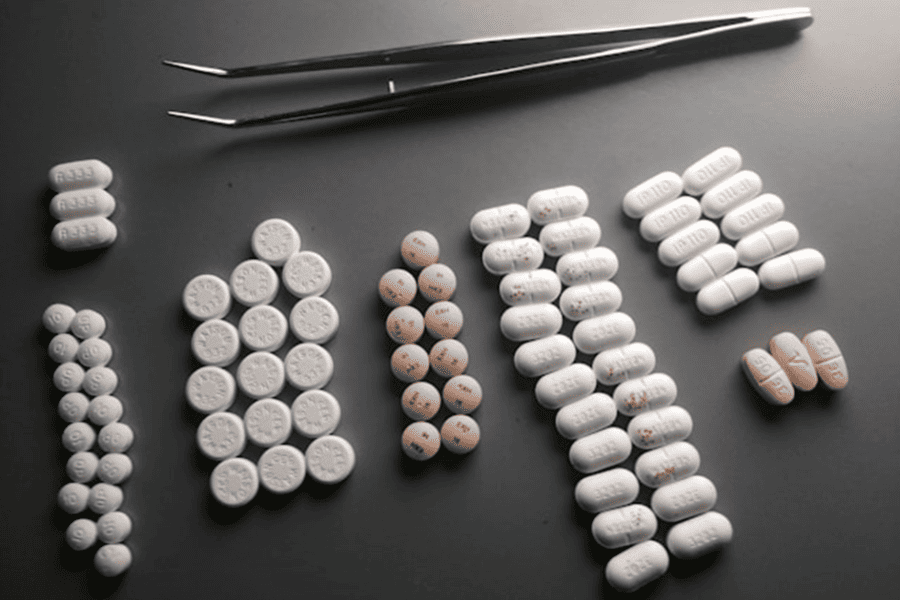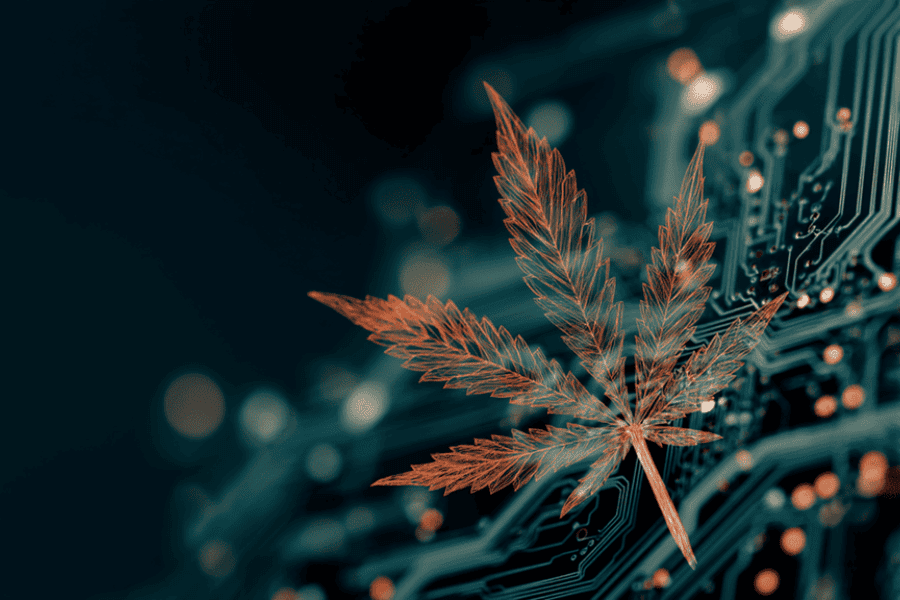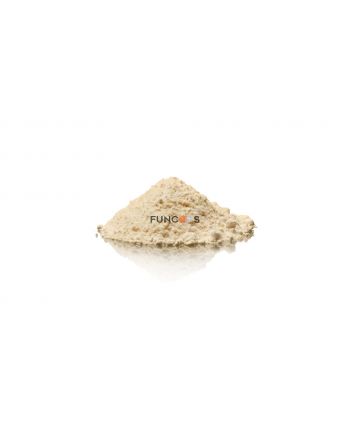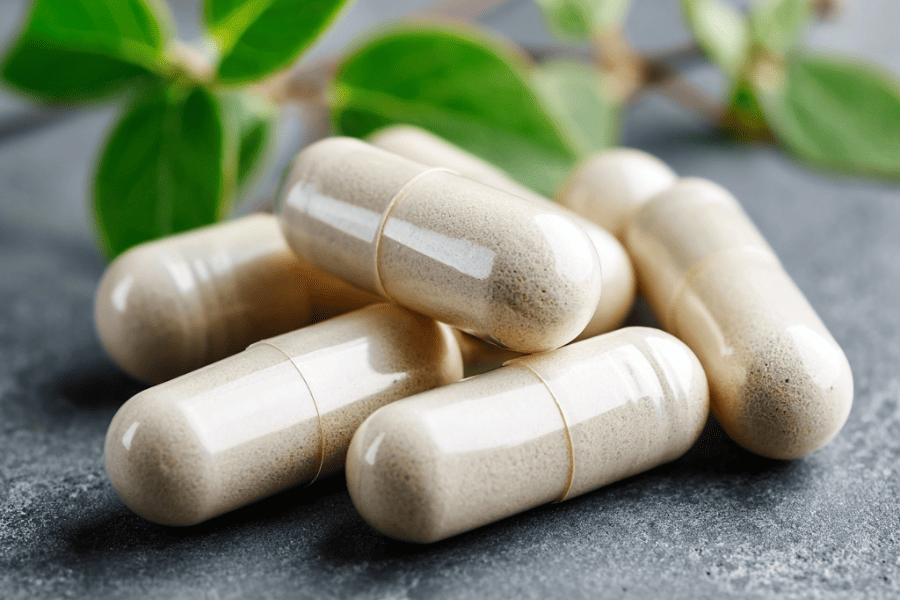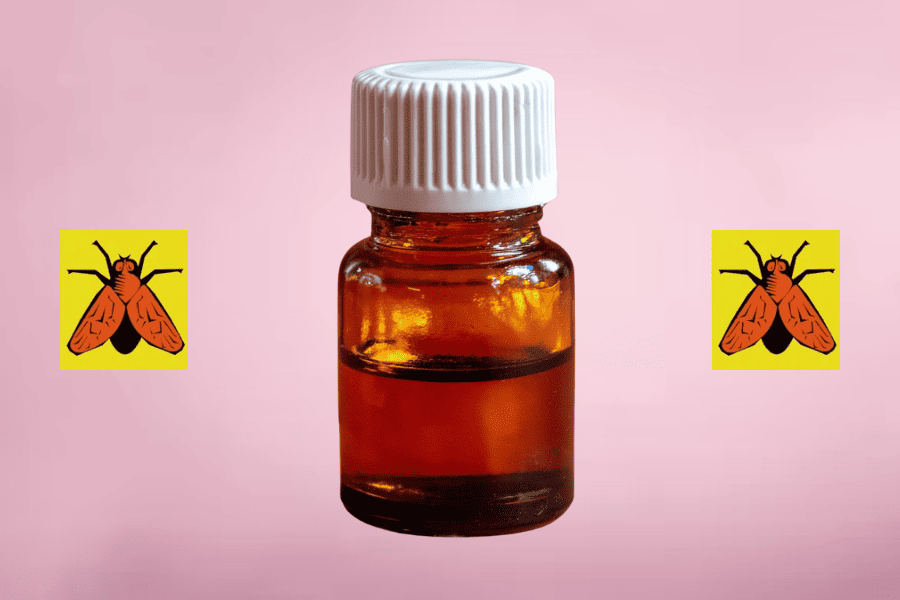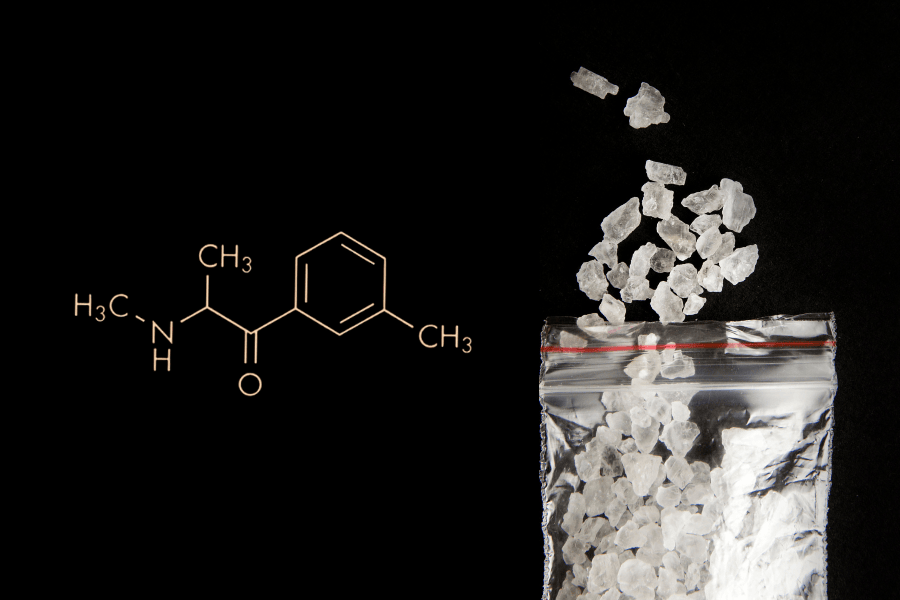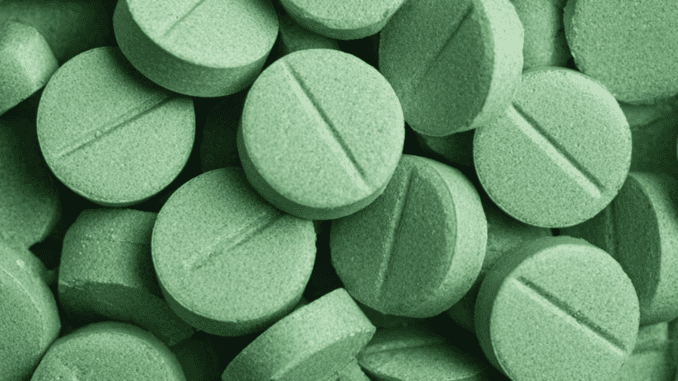What are cannabinoids?
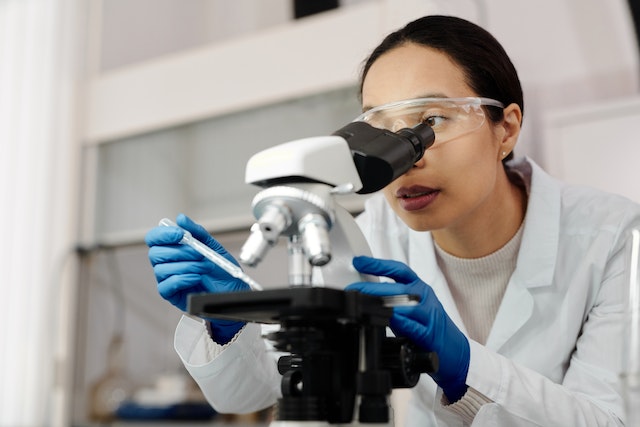
The cannabis plant harbours a fascinating group of compounds: cannabinoids. These natural compounds, unique to the genus Cannabis, are at the centre of growing research into the potential applications of cannabis. In this exploration, we highlight the nature of cannabinoids, their interaction with the human body and the various effects they can produce. From THC to CBD and lesser-known variants, each cannabinoid has its own characteristics and potential applications. We explore how these substances interact with our endocannabinoid system and what implications this has for both recreational use and medical applications!
What are cannabinoids?
Cannabinoids are a group of chemical compounds naturally found in the cannabis plant, but don't confuse it with 'pure' THC. By this, we mean you won't necessarily space out like you do with a joint. These compounds are also found in the bodies of humans and nearly all animals. They are responsible for the various effects' cannabis can have on the human body, from relaxation and pain relief to inducing euphoria. The most well-known cannabinoids are THC and CBD. Read more here about the effects of CBD in the oil of the same name.
What do cannabinoids do?
Cannabinoids work by influencing the endocannabinoid system in our bodies. This system regulates various processes in our body and is part of various bodily functions. These substances ensure that the signal transmission to our brains goes smoothly. When a stimulus is too intense, as in the case of pain, our body's own cannabinoids can ensure that the intensity is reduced. How does this work? There are receptors in our cells. These receive signals and transmit them. When a cannabinoid binds to a CB1 or CB2 receptor, a reaction occurs. The type of reaction that occurs depends on which receptor and which signaling molecule come into contact with each other.
Which groups can be distinguished?
There are roughly three groups to distinguish: phytocannabinoids, endocannabinoids, and synthetic variants. Within the phytocannabinoids, the plant substances, you can find the following subclasses:
- CBG: enhances the effects of CBD and THC, resulting in more powerful effects.
- CBD: has positive effects on blood pressure, memory, digestion, motor skills, relaxation, and sleep.
- THC: known for the high it creates but also provides medicinal effects.
- CBC: helps with pain and inflammation, boosts cell growth, provides relief from stress and depression, and has antibacterial properties.
- CBN: promotes good sleep, digestion, motor skills, memory, and blood pressure. Do you want to know more about research chemicals that promote sleep? Then read this blog about benzo bromazolam.
Sometimes you also come across these abbreviations with an A after the name. This A indicates that it is an acid form. Only after drying or heating are the acid forms converted into the standard forms. THCA is, in short, the acid form of THC.
What is a synthetic cannabinoid?
Synthetic cannabinoids are laboratory-developed molecules that mimic the structure and function of natural cannabinoids. These artificial compounds are specifically designed to interact with the human body's endocannabinoid system (ECS), activating the same receptors as their natural counterparts. Through this targeted interaction, synthetic cannabinoids can produce effects similar to cannabis, such as relaxation, altered perception and mood changes. They are sometimes seen as an alternative to natural cannabis, but it is crucial to note that their precise actions and safety profiles are often less well understood than those of plant-based cannabinoids.
Their development offers opportunities for targeted pharmacological research, but also raises questions about potential risks and regulation, given their often unknown long-term effects and variable potency.
Which variants are synthetic?
In the Netherlands, synthetic cannabinoids are not very popular, but we know several synthetic variants that were often used for research purposes. You can still legally buy synthetic cannabinoids until 1 July 2025, but after that date, it will no longer be possible. Examples of these substances are:
- ADB-Butinaca
- JWH-210
- 7-ABF
- 5BR-ADB-INACA
- 7-ADD
- 6-CL-ADBA
Related Posts
